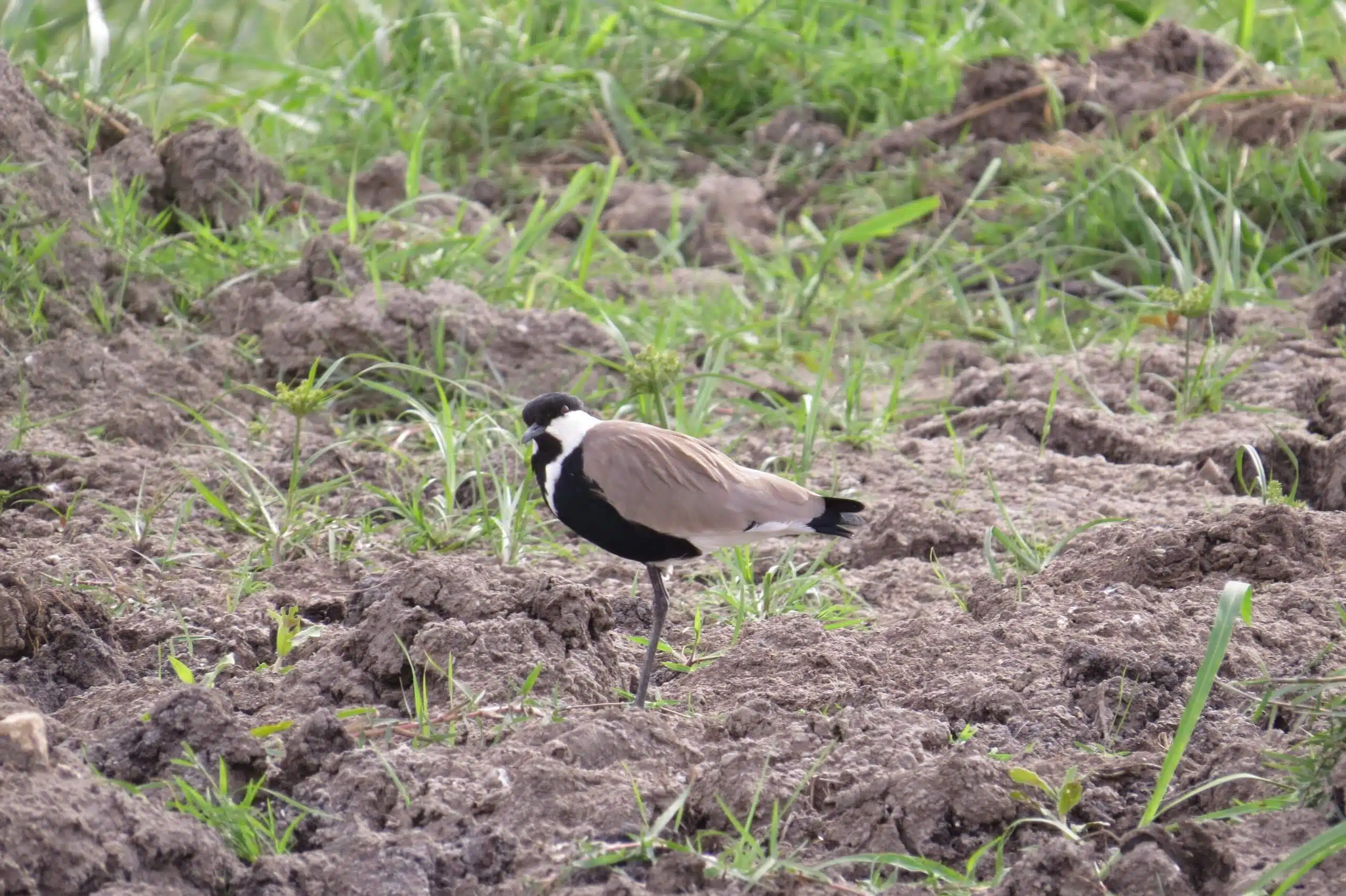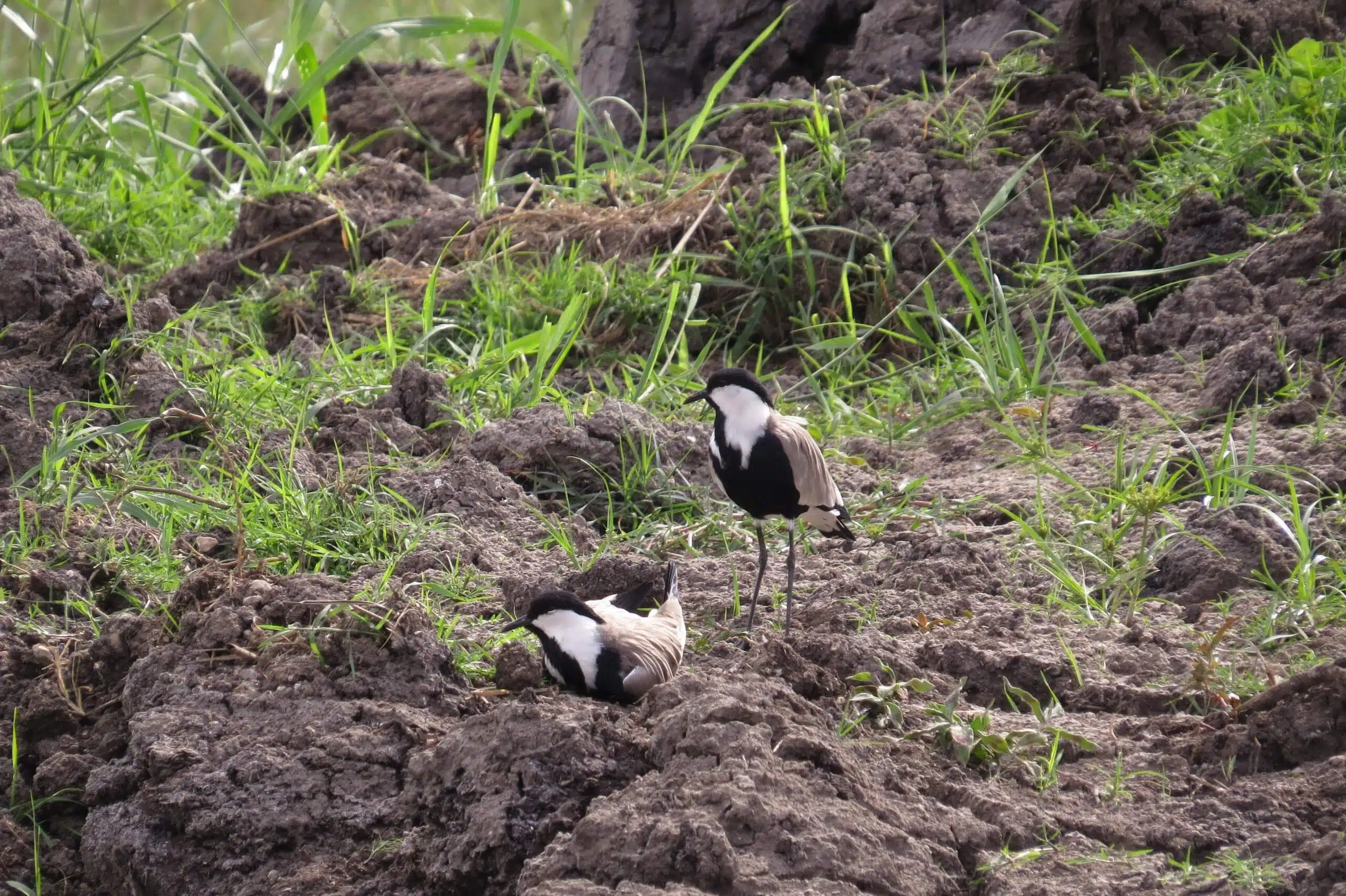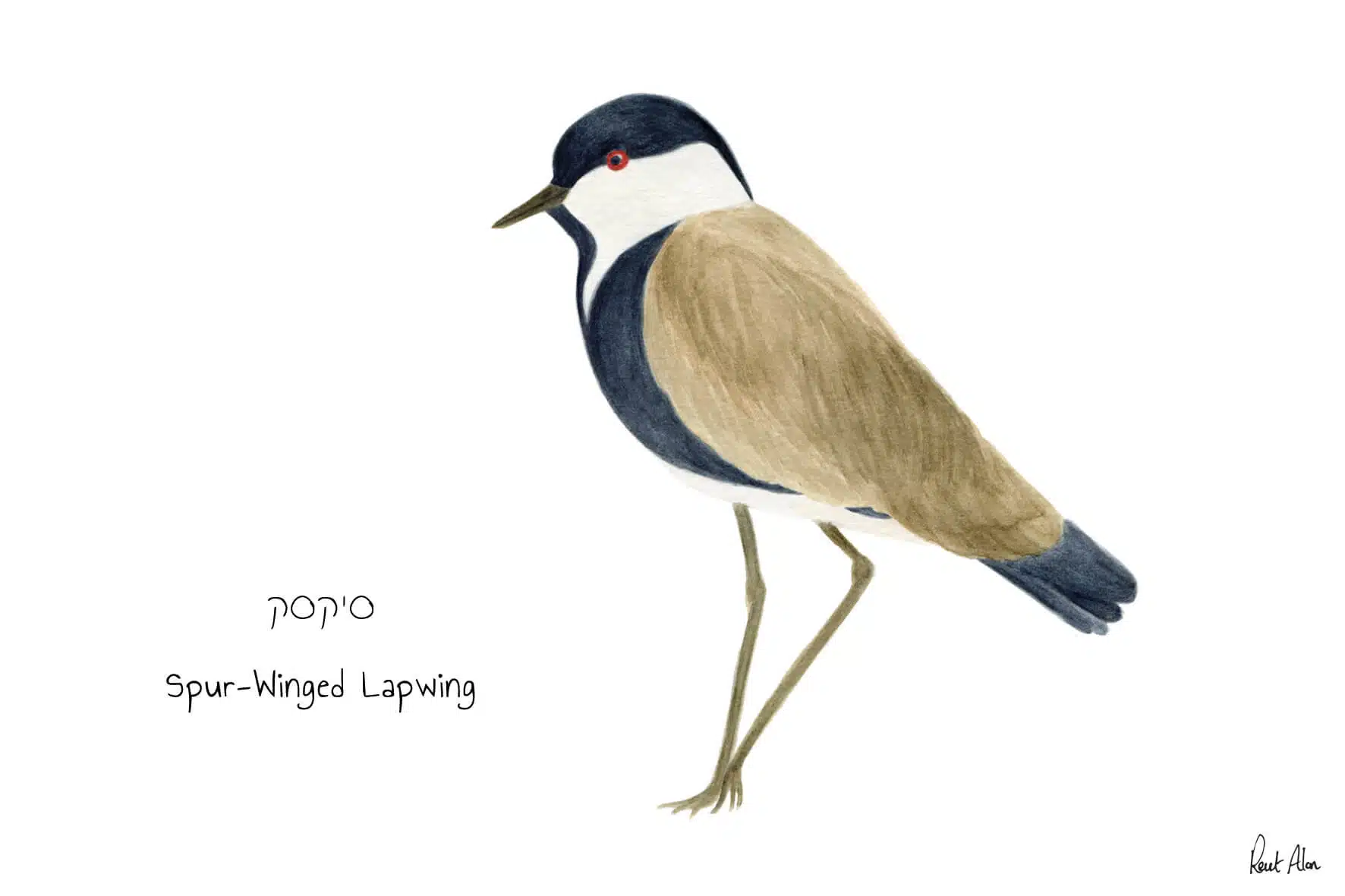A new Israeli study examined the siksak, a common species of bird - and found that urban siksaks are braver than their rural brethren. Although we usually all appreciate this beautiful feature, it is possible that the change in behavior in question is actually not so positive for these birds
In the familiar parable, when the city mouse invites the country mouse to enjoy the delicacies of the city - while scoffing at the simple food of his country brother - the two encounter dogs who steal them away from the meal they worked hard for. The moral of this story is clear: the city is a dangerous space. Accordingly, the urbanites - mice or humans - are portrayed as having to face various dangers that do not exist in the village.

Well, not only mice are braver in the city, but also birds, it turns out study Israeli New who examined the differences in behavior between urban cycads and those who live in open areas. We are used to thinking about courage positively - so why are researchers upset by the research findings?
to the body of Siksak
the zigzag (Vanellus spinosus) is a chicken whose wings are brown, the rest of its body is "painted" black and white, and its legs are long and thin. Like most of the bird species in the Hafmaim series, the cycad also incubates on the ground. In addition, the cicada is quite common in different areas: near humid areas and also in settlements all over Israel - so you've probably seen it even near your home. "While other birds that nest on the ground are adversely affected by human environments that lead to a decrease in their population, the trend with the siksaks is the opposite - and they succeed in multiplying and even spreading to different regions in Israel and other countries in the Middle East," says Michael Bar-Ziv, a doctoral student in the laboratory of Dr. Or Spiegel from The Department of Zoology at Tel Aviv University, which conducted the new study.

To test how brave these birds are, in this study we examined the initial reaction distance of the cygnus - that is, how close they allowed a certain threat to approach them, before running away. In order to check whether this is a case of habituation (getting used to) humans specifically - at the same time as testing their reaction to a human threat, the researchers examined how the cygnets reacted to a natural threat, which they mounted in the form of a stuffed jackal on a motorized vehicle. In addition, the researchers checked what was the form of escape of the siksak - on foot or by flight, the distance of the escape and also whether the siksak hid from the threat or not.
Csiks who are not afraid?
From the research it emerged that the urban cycads allow the two different types of threats - both the human and the "natural" - to come much closer to them than their brothers who live in a rural and open environment. Moreover, it was found that while the village birds tended to flee for their lives by flying, in an urban environment these birds preferred to escape "on foot", or fly a short distance without attempting to hide - and according to the researchers, this is a rather bold choice. In addition, while in human settlements the siksks fled to a distance of up to 30 meters, the siksks in the open areas fled to a distance of 60 meters and more - from both human and "natural" threats. Therefore, the multitude of these findings testified that the urban birds are braver than their sisters who live in the wild.
The researchers looked at how the sixks reacted to a natural threat, which they assembled into a jackal stuffed animal on a motorized vehicle. Photo: Michael Bar-Ziv
This study also shows the impact of the phenomenon of accelerated urbanization worldwide on wildlife - I returned the tumor their natural Going and shrinking. "Compared to species that accompany humans (species that thrive in a human environment - RA) the case of wild animals is different: either these species are unable to cope with an urban environment at all, or a split has been created between the members of the same species - those who are able to cope with the city and those who cannot". Bar-Ziv explains. The siksaks are an example of a species that split, and in their case - there are more siksaks living in fields and ponds than individuals living in a human environment.

According to Bar-Ziv, the Sikask entry into the urban space is not a positive move for the species; The experiment revealed that the urban siksks allow humans and jackals to get closer to them than their brothers - a situation that, according to Bar-Ziv, is problematic. "It is possible that these are siksaks with a more courageous nature to begin with that came to the city, or that it is a situation where the vigilance of the siksaks in an urban environment has become lower in general - and both situations are not beneficial for animals that are in an urban environment, which has vehicles and predators," explains Bar- splendor. I mean, the city may have made the Sixks more complacent - so they are more vulnerable to danger.
You have changed, siksaks
So what is being done to help the animals deal with human presence? Bar-Ziv has several offers. "It is appropriate to define limited access for visitors to nature reserves and national parks, which will allow wild animals to lead a life with less disturbance - like in Ein Gedi, where visitors are not allowed after a certain hour," he explains. In addition, there are also adjustments that can be made in urban spaces or in spaces where man has already built: for example, creating safe passages for wildlife - such as canals or bridges under and over roads - which may be beneficial to their survival.
Moreover, greening the cities themselves is a move that, according to Bar-Ziv, can be very beneficial to various animals. "Cities can be made greener by planting trees and green roofs, as these allow natural passages for animals and hiding places from humans," he adds. For trees and roofs Green Throughout the city there are additional benefits - for example, for birds - because they provide them with nesting places, water and food. "It is important to understand which animals use an urban environment and why they do so - to find ways to prevent changing their natural behavior and changing their living environment," concludes Bar-Ziv.
More of the topic in Hayadan:
